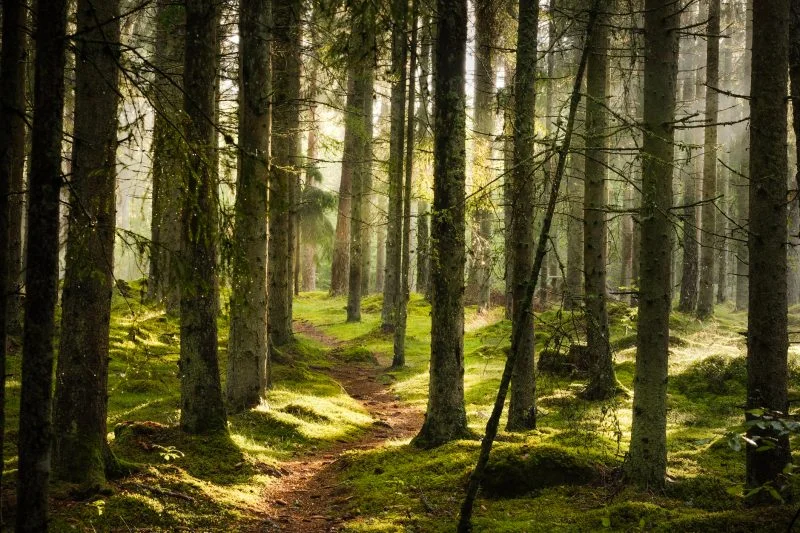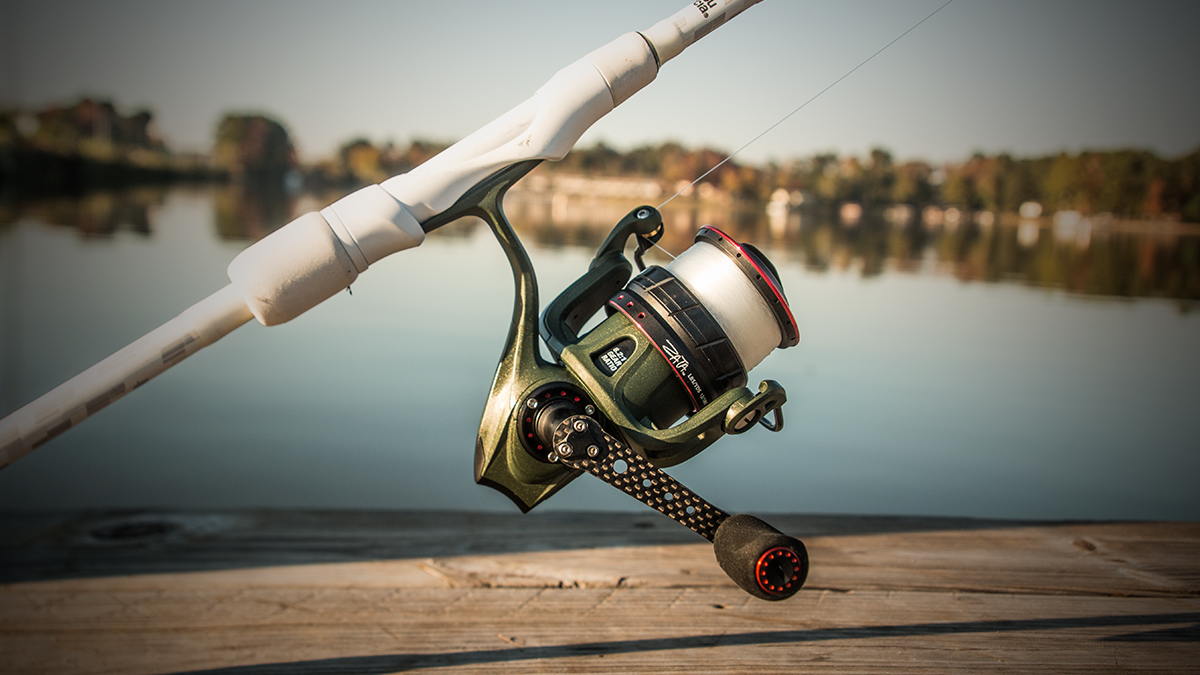Camping is one of the most beloved outdoor activities. It’s cheap, easy, and can be done in any location. What’s not to love? But before you go packing your bags and booking a trip to the great outdoors, there are a few things you need to know. In this article, we will explore seven of the best places to camp in Alberta’s lush green forests. From secluded mountain lakes to dense forests, there’s sure to be a spot perfect for your next camping trip. So read on and pack your bags!
Jasper National Park
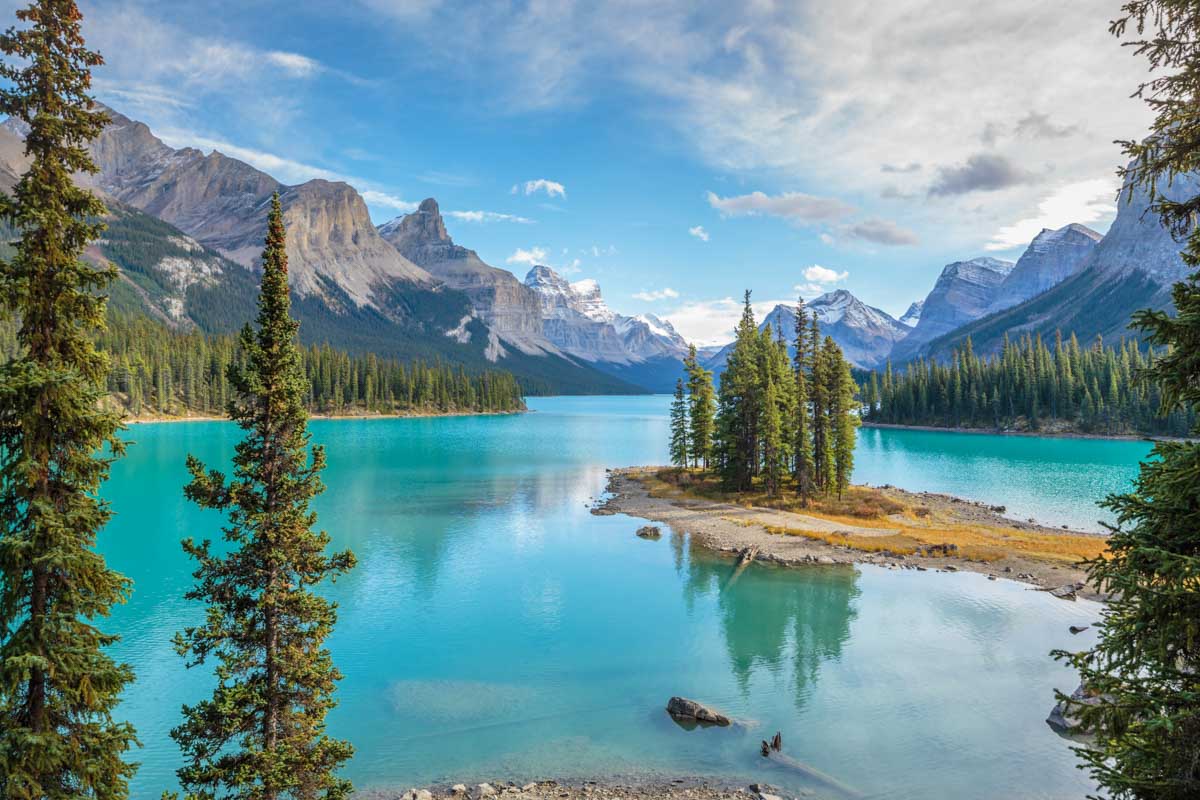
Jasper National Park is a beautiful park that is located in Alberta, Canada. It was originally created to protect the forests and wildlife of the area. Jasper National Park is a great place to go camping as it has many different types of campsites that you can choose from. You can also explore the park by hiking or riding your bike. The lake at Jasper National Park is a great place to swim or fish.
How to reach:
To get to Jasper National Park, take Highway 16 east from Edmonton. Once you reach the town of Jasper, turn left onto Highway 93 and drive until you reach the park entrance on your right. The park is well-maintained and features several different campgrounds with everything from primitive campsites to full-service facilities.
If you're looking for a more remote experience, consider camping at one of the park's backcountry sites. These campsites are located in rugged terrain and require basic hiking skills to access them. If you're not familiar with backcountry camping, be sure to consult with a ranger before setting out.
Hours of operation:
Jasper National Park is open year-round, but there are several special events that run throughout the year. The park's opening period runs from May 1 to September 30, and during this time you can expect the park to be busiest. The weather in Jasper is usually mild with occasional showers, so pack your raincoat! If you're looking for a more remote camping experience, head out during the off season (October 1 to April 30). During this time the park is less busy and you can enjoy some of the park's quieter spots.
Banff National Park
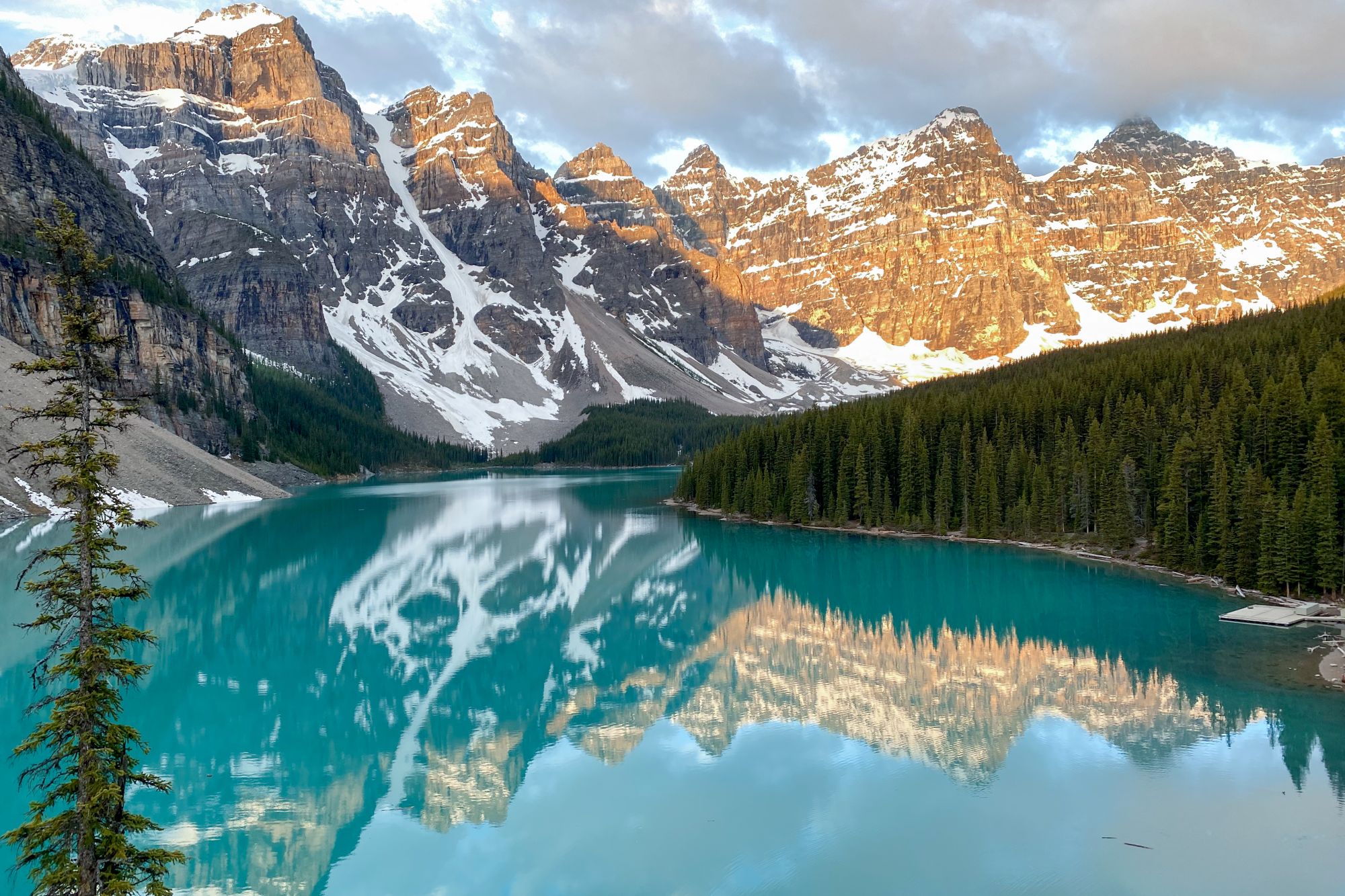
Banff National Park is one of the most popular national parks in Alberta, Canada. The park is located in the Bow Valley and encompasses more than 1,000 square kilometres of forested mountains and lakes. Some of the highlights of Banff National Park include Lake Louise, the highest mountain lake in North America at 2,918 metres, Mount Norquay with its towering peaks and glaciers, and Spray Falls. There are also a number of hiking trails that will take visitors to some of the most scenic areas within the park.
How to reach:
There are many ways to get to Banff National Park, but the most common way is by car. You can drive from Calgary or Edmonton, or you can fly into Banff airport and take a shuttle into the park. There are also several hiking trails that lead into the park, and if you're feeling ambitious, you can try an overnight backpacking trip.
Hours of operation:
Banff National Park is open 365 days a year and offers visitors a variety of options for camping. Some campsites are open from early May to late September, while others are open from mid-October to the end of April. The park headquarters and the Lake Louise campground are both open 24 hours a day, seven days a week.
Elk Island National Park
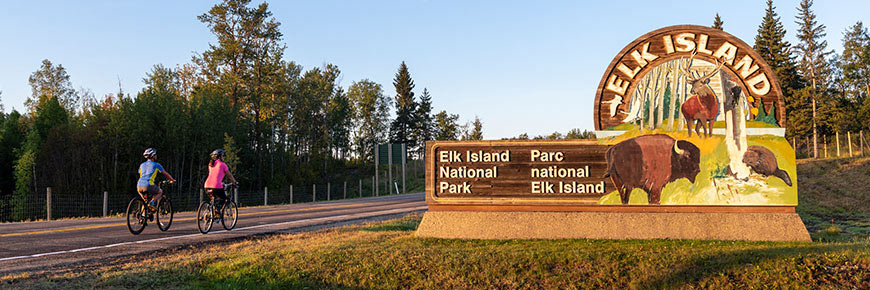
Elk Island National Park is a UNESCO World Heritage Site located on the east coast of Alberta, Canada. The park is home to elk, bison, deer and black bear. There are many trails in the park that lead to beautiful lakes and streams. The most popular trail is the Gemini Lake Trail which leads to Gemini Lake. Other popular trails include the Bear Hill Trail and the Beaumont Trail. The park also has a campground with 31 sites that can accommodate tents or RVs. The campground has a beach, a playground, picnic areas and toilets.
How to reach:
From Calgary, take Highway 2 east to the town of Elk Island National Park. The park is located in northeastern Alberta and can be reached by car or boat. Visitors can explore the forests, lakes, and rivers on foot or by vehicle. There are a number of camping options available in the park, including designated campgrounds and backcountry campsites. Some visitors enjoy exploring the park's natural features by canoe or kayak. The campsites can be reached by car or canoe, and there is also a shuttle that runs between the campgrounds and the visitor centre on weekends.
Hours of operation:
Elk Island National Park is open year-round, but the peak season is from mid-June to mid-September. The park's three campgrounds operate from 7 a.m. to 11 p.m., with the last vehicle leaving at 10 p.m. The park has an overnight permit system that requires reservations several months in advance and can sell out very quickly, especially during the summer months when there are more visitors than campsites available.
Yoho National Park
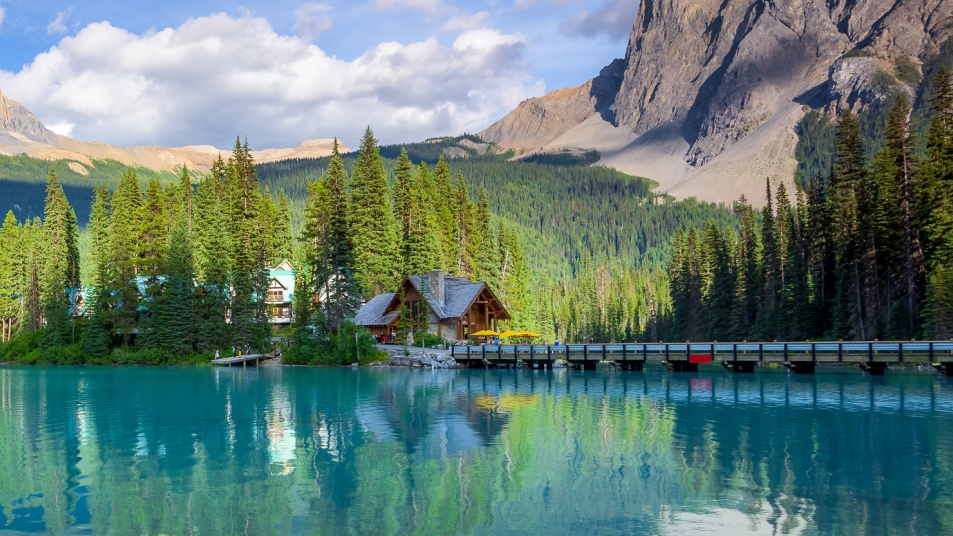
Yoho National Park is a UNESCO World Heritage Site located in the Canadian Rockies. The park covers an area of 9,893 hectares and contains over 100 lakes, including some of the deepest in Canada. There are also over 130 peaks over 2,000 metres in the park, making it a very challenging place to visit if you are camping. The park is best known for its impressive rock formations, such as the Yoho Valley and Mount Lady Macdonald. There are several developed campgrounds within the park that offer excellent amenities, such as hot showers and toilets. You can also hike or bike trails throughout the park, making it a great place to spend a day outdoors.
How to reach:
To reach Yoho National Park, drive east on Highway 8 from Banff National Park. The park is about an hour's drive from the town of Canmore. There are a number of campgrounds in the park, some with flush toilets and running water, but all have fire pits and are open between May and September. Campsites cost $10 per night.
Hours of operation:
Yoho National Park is open year-round and offers visitors a range of activities to keep them busy. The park is open from 7:00 am to 11:00 pm, with the exception of December 21 through January 1, when it is open from 8:00 am to 10:00 pm. During winter, Yoho National Park provides ample opportunities for cross-country skiing and snowshoeing.
Mount Robson Provincial Park
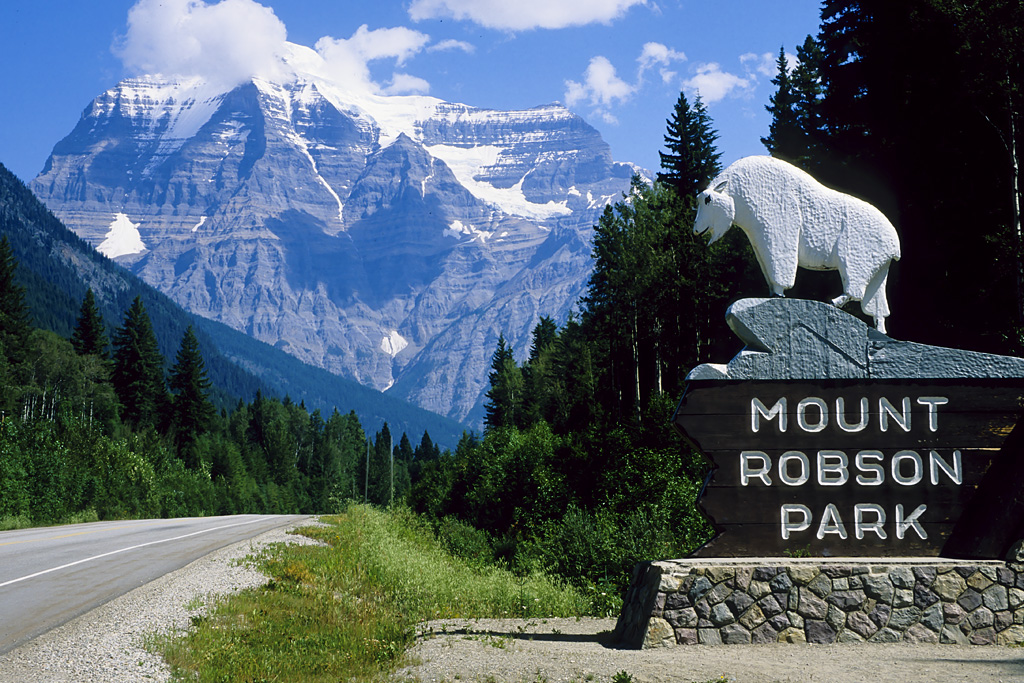
Mount Robson Provincial Park is a lush green forest that straddles the Alberta/British Columbia border. The park has over 18 kilometres of trails and offers stunning views of the Rocky Mountains. There are several interpretive facilities within the park that offer educational programs on the park’s ecology and history. The mountain biking trails in the park are some of the best in Canada, with over 30 kilometres of well-maintained trails.
How to reach Mount:
To reach Mount Robson Provincial Park, travelers can take Highway 1 north from Kananaskis Village or south from Edmonton. The park is located in the Kootenays region of southern Alberta and has a range of outdoor activities to explore, including hiking, biking, wildlife viewing, skiing, and camping.
Hours of operation:
Mount Roboson Provincial Park is open from 7 a.m. to 10 p.m. throughout the year, weather permitting. The park has a variety of activities and attractions for visitors of all ages, including hiking, biking, fishing, birdwatching, and cross-country skiing in winter. There are also picnic areas and a playground for visitors to use. Mount Roboson Provincial Park is located about an hour's drive east of Edmonton.
Waterton Lakes National Park
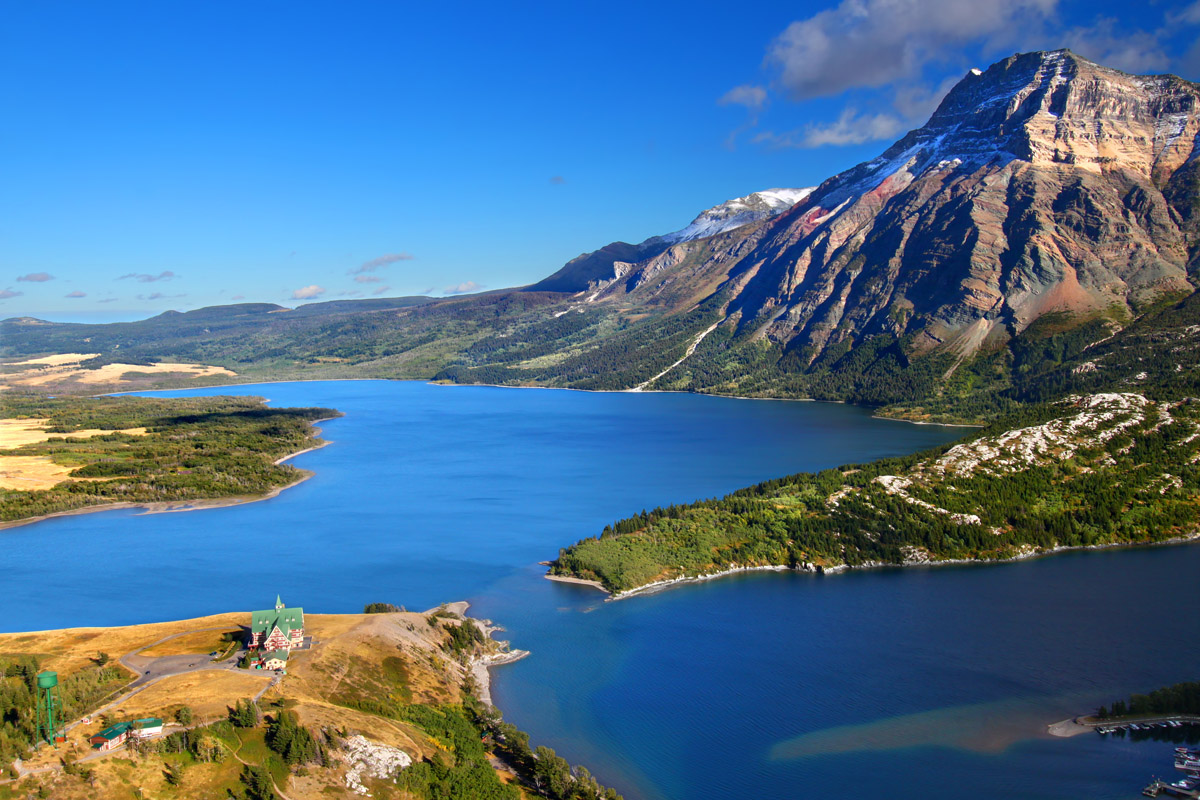
Waterton Lakes National Park is a vast and undisturbed prairie park located in southwestern Alberta. The park is composed of over 1,100 square kilometers of pristine wilderness, including more than 200 lakes. The lakes provide habitat for an incredible variety of wildlife, including moose, deer, beaver, otters, and white-tailed deer.
Camping is the main activity in Waterton Lakes National Park. There are six campgrounds with primitive campsites available for overnight camping. You can also stay in cabins or lodges at the park's three visitor centres. Campsites can be reserved online or through one of the visitor centres.
How to reach:
The most popular way to reach the park is via Highway 93 which runs north-south through the center of the park. Hiking trails provide opportunities to explore different parts of the park. The main gateway into Waterton Lakes National Park is from Yoho National Park, about a two-hour drive east of Calgary. From there, visitors can access hiking trails and viewpoints near Lake O'Hara and Mount Athabasca.
Another way to enter Waterton Lakes National Park is from Kananaskis Country which is about an hour south of Calgary. From Kananaskis Country, visitors can access a number of trails that lead into the core of the park including: Moraine Lake Trail, Waterton Lake Loop Trail, Icefields Parkway/Waterton Main Road Accessible Trail (MAB), and Bow Valley Parkway/Lake Louise Exit Ramp to Waterton Valley.
Hours of operation:
Waterton Lakes National Park is open from May 1 to September 30. The park's main visitor centre is open from 9am to 5pm except for Wednesdays when it's open until 7pm. Campgrounds are open from 8am to 10pm. There are also a few hiking trails that are open 24 hours a day.
Kootenay National Park
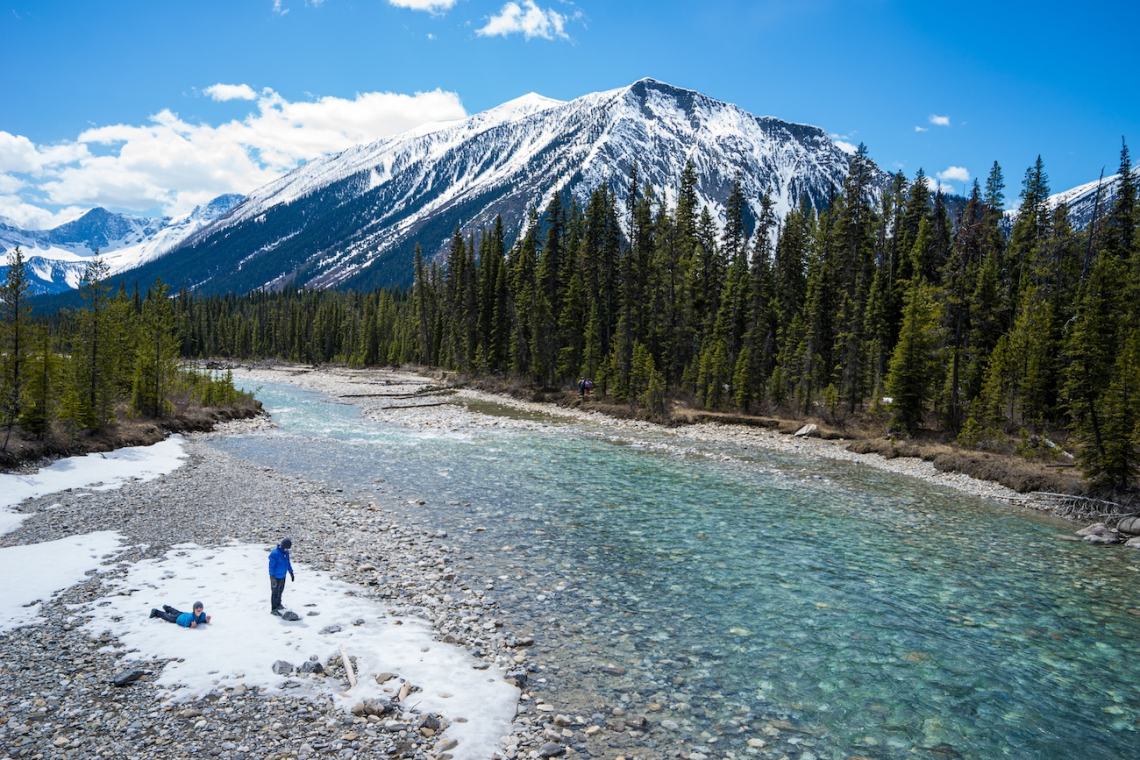
The Kootenay National Park is one of Alberta's most popular camping grounds. With ample spots for tents, RVs and cars, the park has something for everyone. There are several trailheads in the park that lead into the surrounding forested areas. Hiking is a popular activity in the park, with many unmarked trails providing easy access to stunning views. The park also offers a variety of other activities such as fishing, swimming and wildlife viewing.
How to reach:
To reach Kootenay National Park, visitors can take Highway 93 south from Banff or Lake Louise. The park is located near the town of West Kootenay. From there, visitors can access the park by car or by mountain bike.
Hours of operation:
Kootenay National Park is open year-round and offers visitors a wide range of activities to enjoy. The park is divided into three sections: the Northeast, Central, and Southwest areas. The Northeast area is open from 7 a.m. to 10 p.m., the Central from 8 a.m. to 10 p.m., and the Southwest from 8 a.m. to 9 p.m.. Visitors can access all three sections by driving or hiking on well-marked trails that wind through lush forests and over rushing creeks and rivers.
Conclusion
Camping is a great way to get outdoors, relax, and enjoy some time away from the hustle and bustle of everyday life. If you're looking for places to go camping in Alberta, this list of top 7 places will have something for everyone. Whether you are interested in tents or RVs, these parks have all the gear you need to have a great trip. So pack your bags and head out into the wilderness!


